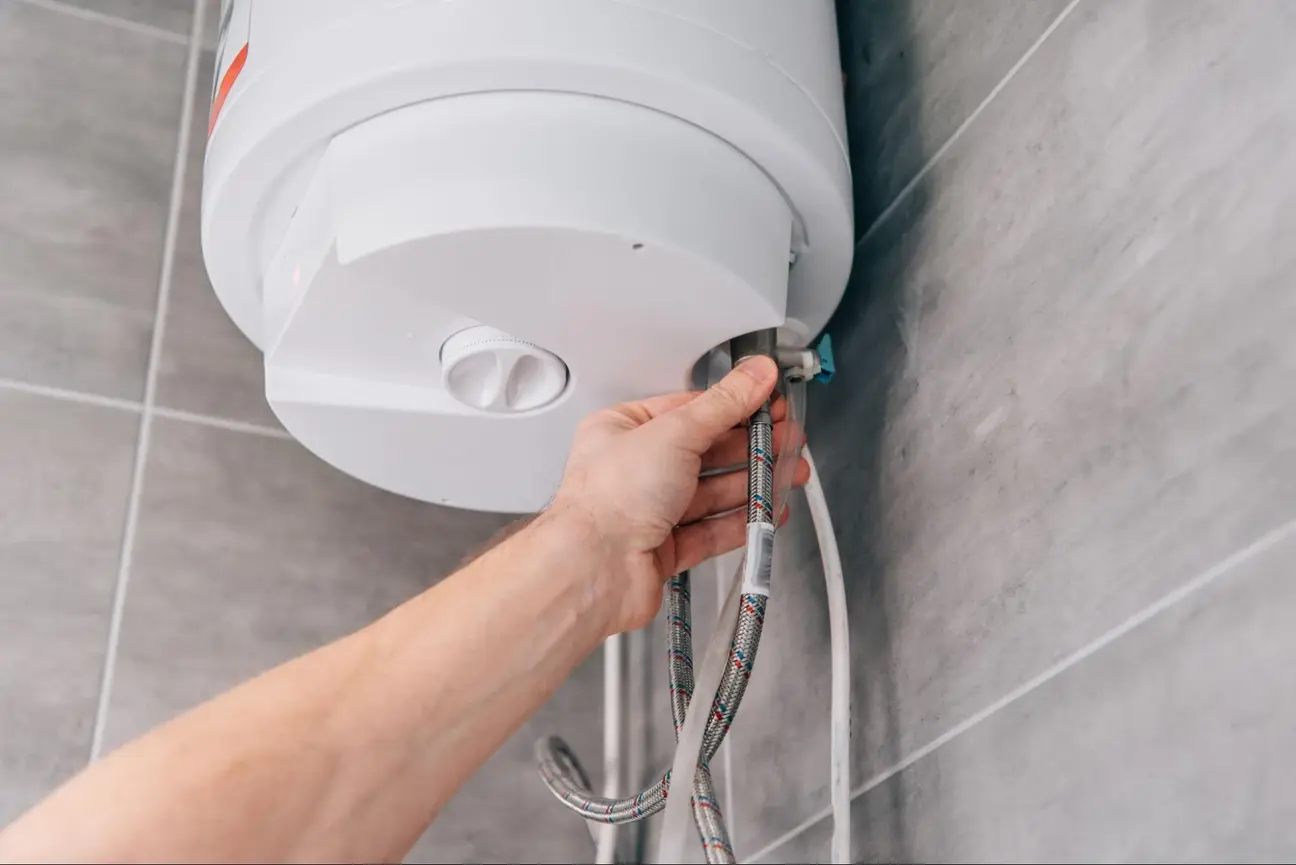
Your water heater is essential to your home, providing hot water for daily tasks like bathing and cooking. Taking care of this appliance can save you money and extend its lifespan. By implementing simple maintenance tips, you can ensure your water heater runs efficiently for years.
Even though water heaters are built to last, they can develop issues over time if not properly maintained. Regular checks and minor adjustments can prevent significant problems down the line. Following these tips can help you maximize the performance and durability of your water heater.
Flushing your water heater tank regularly is an important step in maintaining its health. Over time, sediment and mineral deposits build up at the bottom of the tank. This can lead to rust and leaks, which shorten the unit’s lifespan.
You should flush your water heater at least once a year. This process helps eliminate sediment and keeps your heater running efficiently. To do this, connect a garden hose to the drain valve at the tank’s bottom.
Before starting, make sure to turn off the power to the water heater and set the thermostat to the “pilot” setting if it’s gas. Once the system is off, open the drain valve to let the water flow out.
Be cautious while draining the tank, as the water is hot. Direct the hose into a suitable location, like a floor drain or outside. You may need to let it run until the water is clear of sediments.
After draining, close the valve and disconnect the hose. Turn the water supply back on and let the tank fill again. Finally, reopen the shutoff valve and check for any leaks. This simple maintenance step can greatly improve the performance and longevity of your water heater.
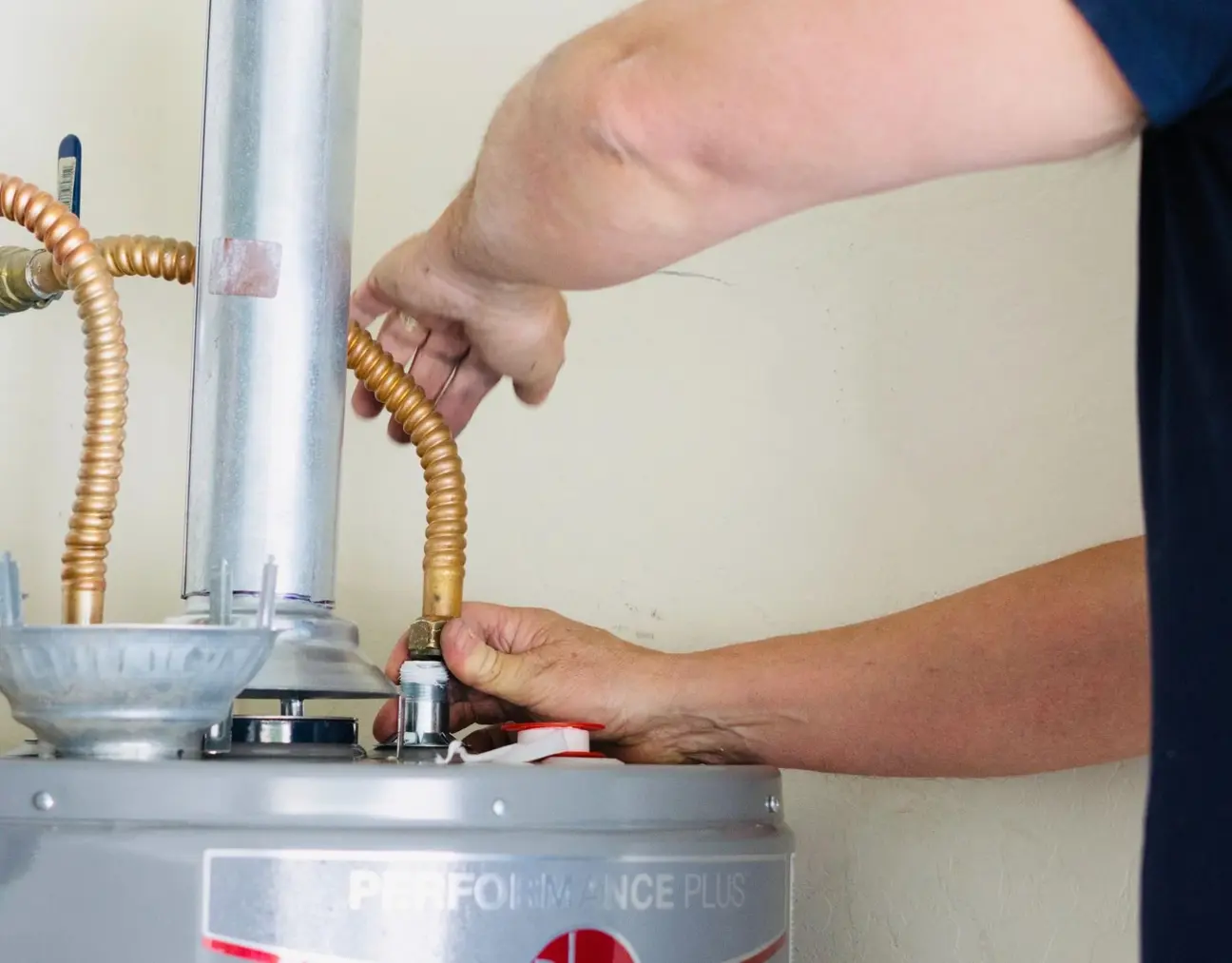
The anode rod is an important part of your water heater. It attracts corrosive elements in the water to help prevent rust and corrosion inside the tank.
You should check the anode rod at least once a year. If you have hard water, a more frequent inspection may be necessary. This will help you catch any issues early and extend the life of your water heater.
To inspect the anode rod, first, turn off the power and shut off the water supply. Then, drain a few gallons of water from the tank to lower the water level.
Next, locate the anode rod, usually at the top of the tank. You will need an appropriate wrench to remove it. Once you pull it out, inspect for signs of corrosion. If it looks worn down or less than half an inch thick, replace it.
Replacing the anode rod is simple. Slide the new rod into place, first tightening it by hand. Use a socket wrench for a final tightening, but be careful not to over-tighten.
By maintaining your anode rod regularly, you can keep your water heater running effectively and delay costly replacements. Regular checks can save you both time and money in the long run.
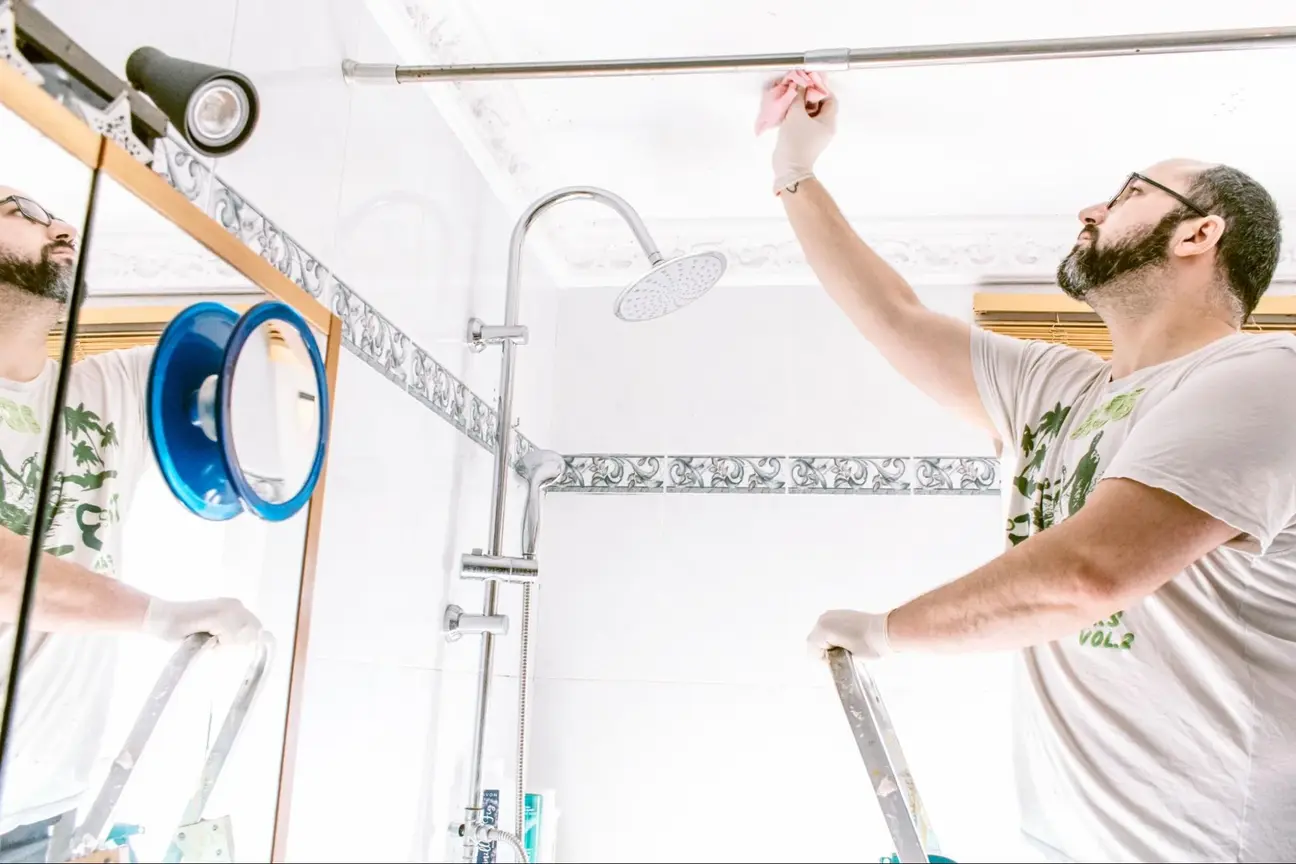
Insulating your water heater is an effective way to improve its efficiency and lifespan. This simple step reduces heat loss, which means your heater doesn’t have to work as hard to maintain the desired temperature.
You can use water heater insulation blankets, which are widely available. These blankets wrap around the tank, providing extra protection from the cold. Make sure your blanket is the right size for your heater.
Pay attention to the pipes as well. Insulating the hot water pipes helps retain heat as water travels to your faucets. This step not only saves energy but also provides hot water more quickly.
Before installing insulation, check the manufacturer’s instructions. Some water heaters come with built-in insulation, and excessive insulation may cause issues. It’s essential to ensure your heater vents are safe.
Also, remember to leave the thermostat and any safety devices exposed. Your heater’s components need to function correctly for it to operate safely and efficiently.
These steps allow you to enjoy a well-insulated water heater that lasts longer and operates more efficiently. Proper insulation is a simple yet effective maintenance strategy for extending your unit’s life.
Testing the pressure relief valve is an essential step in maintaining your water heater. This valve helps prevent excessive pressure buildup, which can be dangerous.
Start by turning off the power supply to your water heater. If you have an electric model, switch off the breaker. For gas heaters, set the gas control to “pilot” or “off.”
Next, locate the pressure relief valve, usually found on the top or side of the tank. You might see a lever on the valve. Carefully lift this lever to open it. Water should flow out, indicating the valve is working properly. If no water comes out, the valve may be stuck.
After testing, close the valve and clean any spilled water. Make sure you check the valve regularly, at least once a year. This ensures it remains functional and can protect your water heater from serious issues.
It may need replacement if you notice leaks or the valve does not open. A faulty valve can lead to pressure buildup, risking damage to your water heater.
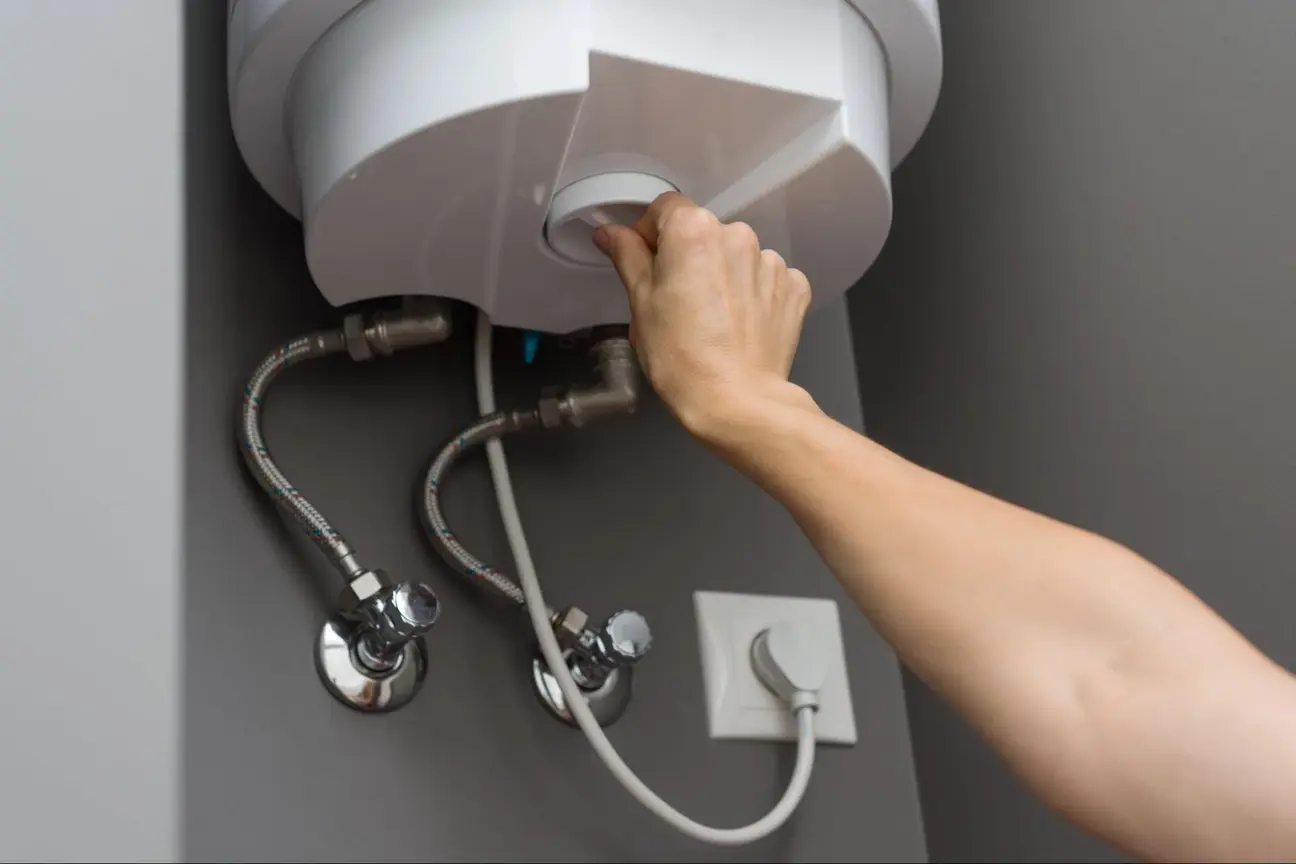
Lowering the thermostat on your water heater can significantly extend its lifespan. Setting the temperature to around 120°F is both safe and efficient.
A lower temperature not only reduces energy use but also minimizes wear and tear on the heating elements, helping your heater function more effectively over time.
Higher temperatures can lead to quicker sediment buildup in the tank. This buildup can cause your water heater to work harder, which shortens its life.
Adjusting your thermostat is easy. Most water heaters have a dial or digital display for this purpose.
You should also check the manufacturer’s recommendations for temperature settings. Following these guidelines will help you maintain an optimal temperature.
Be mindful that setting the temperature too low can promote bacteria growth. Keep it within the recommended range for safety.
Regularly checking and adjusting the thermostat can keep your system running smoothly. This simple maintenance tip can also prevent costly repairs or replacements in the future.
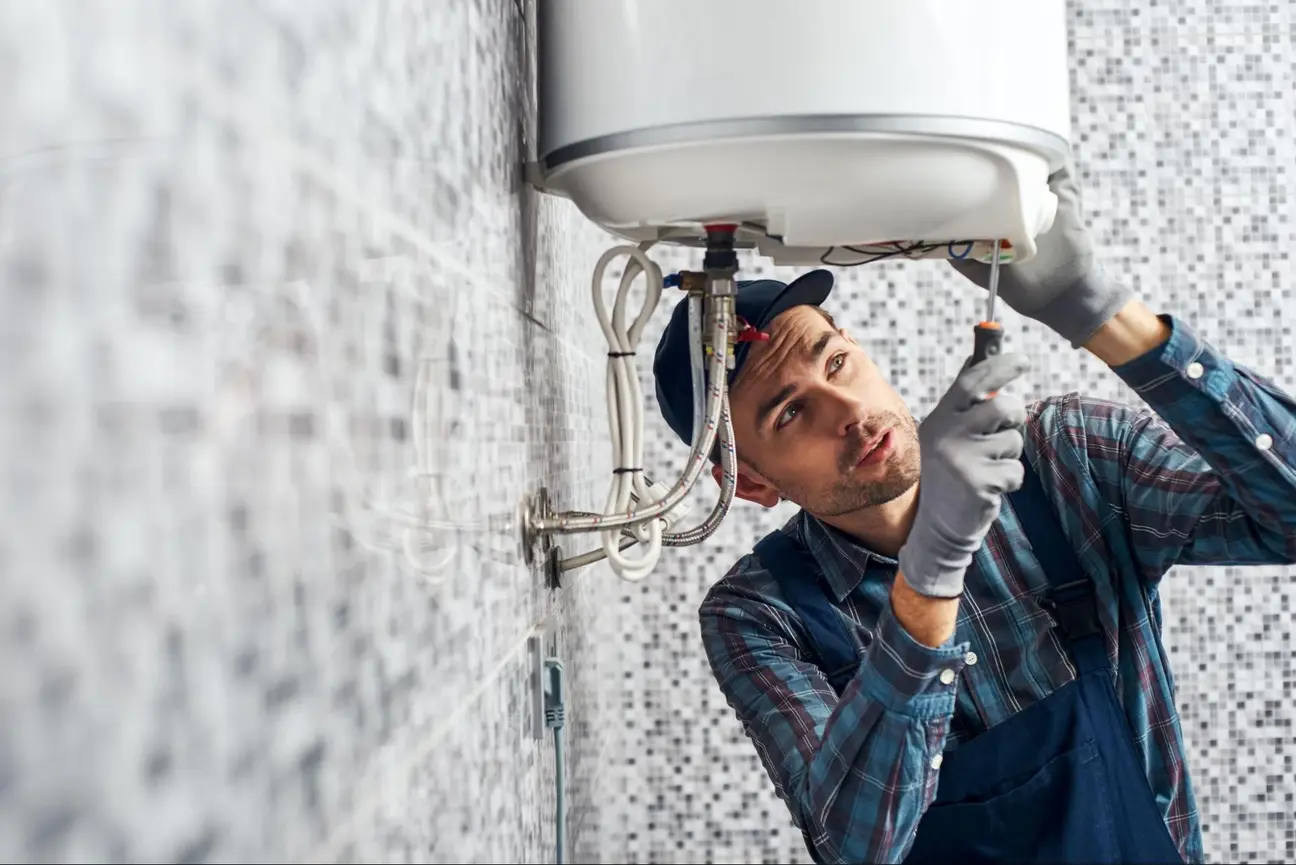
Regular professional maintenance is essential for the longevity and efficiency of your water heater. Knowing when to call a technician and what to expect during a service visit can help you maintain your unit effectively.
If you notice any unusual signs with your water heater, consider calling a professional. These include strange noises, like popping or rumbling, indicating sediment buildup. Additionally, check for any leaks around the base of the unit. If your hot water supply fluctuates or if the water temperature is inconsistent, it may also be time to seek help.
Routine inspections by a professional every year are vital. They can spot potential issues early on. If you experience a sudden increase in energy bills, this can signal inefficiency requiring an expert’s attention. It’s best not to wait until a major breakdown occurs to get professional assistance.
During a service visit, the technician will inspect your water heater thoroughly. They typically start by checking the thermostat settings and ensuring they are at the proper levels.
Next, they will examine all connections and pipes for leaks. Flushing the tank is a common procedure performed to remove sediment, which can improve efficiency.
They will also check the anode rod, which helps prevent rust buildup. If this rod is significantly corroded, they may recommend replacing it.
Finally, you can ask the technician questions about your unit or maintenance tips. This visit helps ensure your water heater runs smoothly and lasts longer.
The best practices include regularly flushing the tank to remove sediment buildup, checking the anode rod annually, and insulating the water heater to retain heat. Testing the pressure relief valve is also crucial to ensure safe operation.
You should perform maintenance at least once a year. This includes flushing the tank and inspecting components like the anode rod and pressure relief valve. Regular maintenance helps catch issues early and keeps the system running efficiently.
Common signs include unusual noises, fluctuating water temperatures, and leaks around the base. If you notice rusty water or an unpleasant odor, these may also indicate the need to repair or replace your water heater.